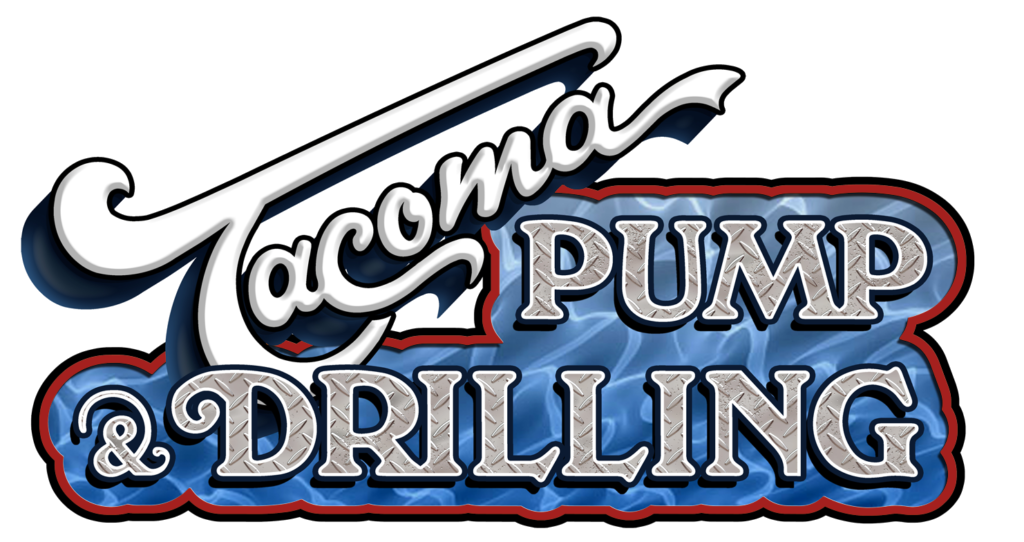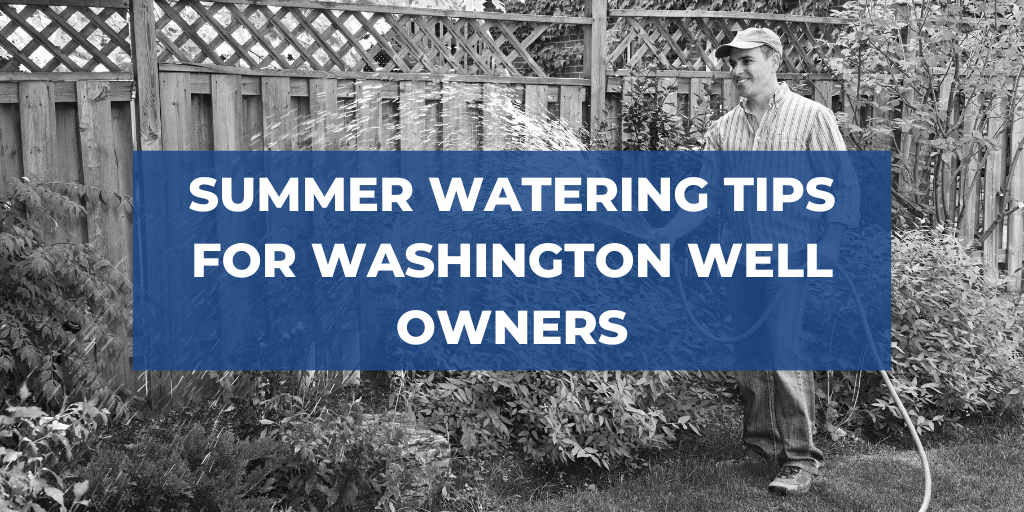Summer is finally here, which means time to relax in the sun…or in some cases, time to water the garden! Washington weather is unpredictable, but one thing that is certain is the dry stretch we often experience between July and September. For many Washington well owners, that means copious watering to keep the lawn and garden alive. What happens if your well also experiences a dip in water flow during these dry months? Here’s how to conserve your well water while still watering your gorgeous landscaping this summer.
How Much Water Does My Well Supply?
The big question many Washington well owners want to know is how much water is available to them in the first place. That depends largely on the aquifer your well connects to, and how many other homeowners are accessing that same aquifer.
One way to understand how much water your well supplies is by testing the static water level. The static water level changes throughout the year, so be sure to test it each season to get a better reading of your well’s supply. Many counties in Washington have their own standards for how many gallons per day a well must supply to be considered usable. For example, in some counties, a well must provide 400 gallons per day for a single-family home. Since the average family uses about 150 gallons per day for indoor water usage, this seems reasonable.
Where things can get challenging is during the summer months when water usage skyrockets. According to Washington law, a well owner (or owners of a well that supplies two homes) can use up to 5,000 gallons per day (and water up to ½ acre of land) without needing a water rights permit. That’s great news unless your well only supplies around 500 gallons per day.
When summer kicks in and you’re watering the lawn, the garden, and filling the kiddie pool, you may use upwards of 1,000 gallons in one go. Estimates indicate that running a ⅝” hose for one hour uses 1,020 gallons of water.
If you’re worried about well water usage this summer, and don’t have time to get a static water reading, then the following tips are for you!
5 Ways Washington Well Owners Can Conserve Water
There are many ways to keep your family supplied with clean water this summer while still keeping your yard looking great. Instead of fretting about water supply, follow these simple tips to conserve your well’s water and simultaneously enjoy your summer months.
Water in the Early Morning or Evenings
Avoiding evaporation (and wasting water) is vital when it comes to watering your lawn and garden. The best practice is to water in the coolest part of the day, either morning or evening. That way the most water reaches your lawn or garden without disappearing into thin air.
Another great practice is to follow the watering rules for your area. Many counties, cities, and municipalities in Washington even offer a watering schedule to help you monitor your water usage. This usually looks like odd-numbered houses watering on certain days of the week and even numbered houses on the off days. This is especially useful if you share a well (or aquifer) with your neighbors.
Water Deeply and Less Frequently
It turns out our lawns only need about an inch of water per week. In fact, light watering on any part of our garden encourages shallow root growth, which makes plants less resistant to drought. Watering deeply but less frequently encourages deeper roots, heartier plants, and the added bonus of landscaping that better tolerates these dry months.
Avoid Using Water to Clean
Many of us are in the habit of using water to wash our paths, decks, and driveways. While the occasional wash is necessary, consider switching out the house for a broom during the summer months. Sweeping, rather than washing, saves a fair amount of precious water, something all Washington well owners can appreciate. Another great tip is to wash your car at the local commercial car wash (instead of in your driveway) where the water is recycled and reused.
Monitor Your Watering System
If you use a sprinkler for watering your yard, check the placement to ensure you aren’t inadvertently watering the sidewalk or patio as well. This simple step prevents unnecessary water use. For those with an irrigation system, check your setup regularly to ensure there aren’t any leaks or broken sprinkler heads.
Reduce Water Loss with Native Plants and Soil
Did you know that new plants require more water for up to a year? That means established plants—especially native ones—require much less water to keep them healthy, even during the summer. Reduce water usage by retaining the native plants and soil on your property. If you’re looking ahead to next summer, consider planting native plants. They will require more water now, but less in the long run.
Enjoy Your Washington Summer
Regardless of how you choose to manage your outdoor watering, we hope these summer watering tips were helpful. Washington well owners face different water usage obstacles depending on where in the state they live. Be sure to check with your local or county ordinances with regard to watering, conservation, and usage. And most important, enjoy your summer and all that this beautiful season entails.

